Author Archives: Daniele Molteni
Author Archives: Daniele Molteni
Forrester Research has recognized Cloudflare as a Leader in it's The Forrester Wave™: Web Application Firewall Solutions, Q1 2025 report. This market analysis helps security and risk professionals select the right solution for their needs. According to Forrester:
“Cloudflare is a strong option for customers that want to manage an easy-to-use, unified web application protection platform that will continue to innovate.”
In this evaluation, Forrester assessed 10 Web Application Firewall (WAF) vendors across 22 criteria, including product security and vision. We believe this recognition is due to our continued investment in our product offering. Get a complimentary copy of the report here.
Since introducing our first WAF in 2013, Cloudflare has transformed it into a robust, enterprise-grade Application Security platform. Our fully integrated suite includes WAF, bot mitigation, API security, client-side protection, and DDoS mitigation, all built on our expansive global network. By leveraging AI and machine learning, we deliver industry-leading security while enhancing application performance through our content delivery and optimization solutions.
According to the Forrester report, “Cloudflare stands out with features that help customers work more efficiently.” Unlike other solutions in the market, Cloudflare’s WAF, API Security, bot detection, client-side security, and DDoS protection are natively Continue reading

The next 12 months have the potential to reshape the global political landscape with elections occurring in more than 80 nations, in 2024, while new technologies, such as AI, capture our imagination and pose new security challenges.
Against this backdrop, the role of CISOs has never been more important. Grant Bourzikas, Cloudflare’s Chief Security Officer, shared his views on what the biggest challenges currently facing the security industry are in the Security Week opening blog.
Over the past week, we announced a number of new products and features that align with what we believe are the most crucial challenges for CISOs around the globe. We released features that span Cloudflare’s product portfolio, ranging from application security to securing employees and cloud infrastructure. We have also published a few stories on how we take a Customer Zero approach to using Cloudflare services to manage security at Cloudflare.
We hope you find these stories interesting and are excited by the new Cloudflare products. In case you missed any of these announcements, here is a recap of Security Week:
| Title | Excerpt |
|---|---|
| Cloudflare announces Firewall for AI | Cloudflare announced the development of Firewall for AI, Continue reading |
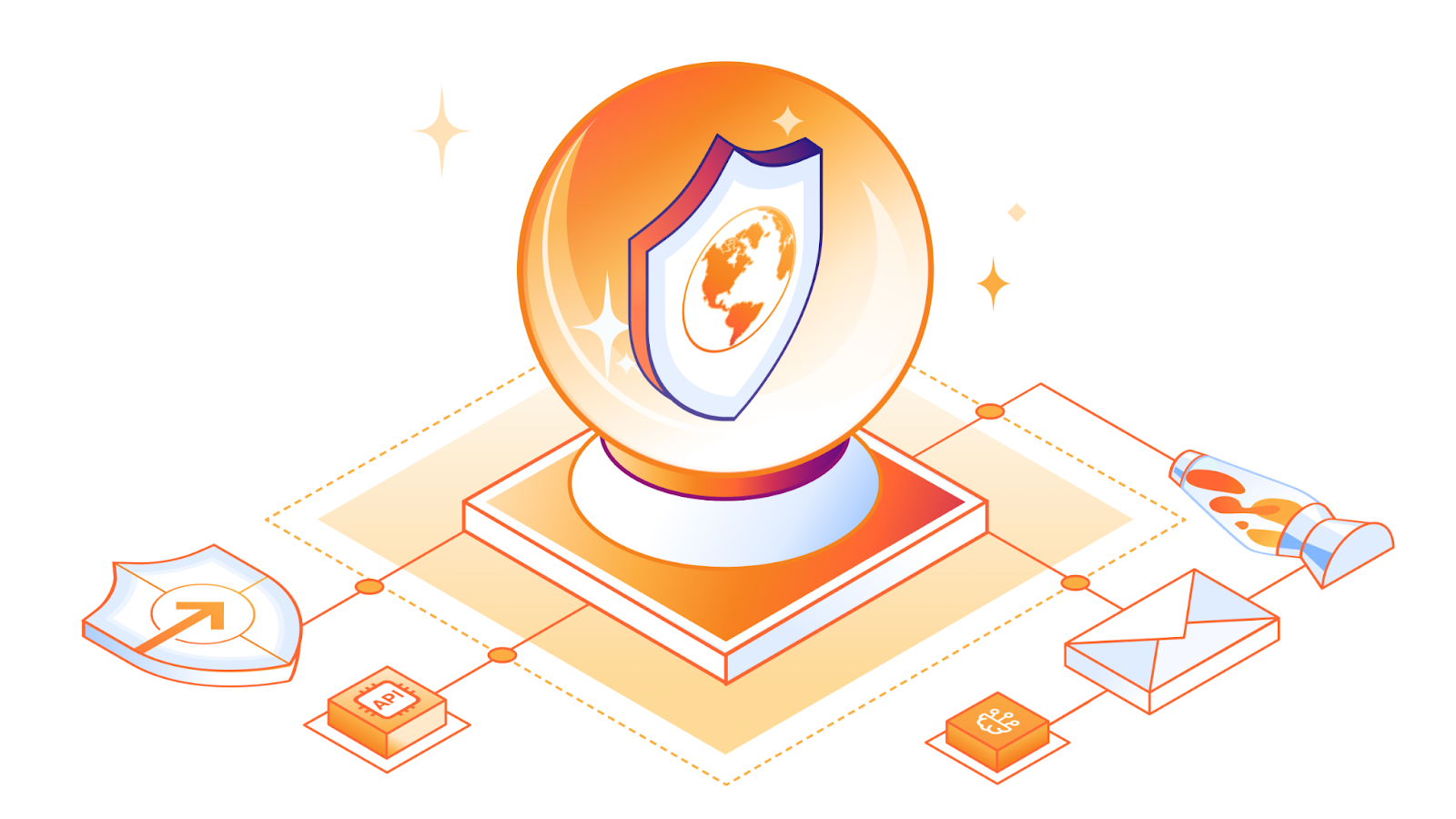
Generative AI has captured the imagination of the world by being able to produce poetry, screenplays, or imagery. These tools can be used to improve human productivity for good causes, but they can also be employed by malicious actors to carry out sophisticated attacks.
We are witnessing phishing attacks and social engineering becoming more sophisticated as attackers tap into powerful new tools to generate credible content or interact with humans as if it was a real person. Attackers can use AI to build boutique tooling made for attacking specific sites with the intent of harvesting proprietary data and taking over user accounts.
To protect against these new challenges, we need new and more sophisticated security tools: this is how Defensive AI was born. Defensive AI is the framework Cloudflare uses when thinking about how intelligent systems can improve the effectiveness of our security solutions. The key to Defensive AI is data generated by Cloudflare’s vast network, whether generally across our entire network or specific to individual customer traffic.
At Cloudflare, we use AI to increase the level of protection across all security areas, ranging from application security to email security and our Zero Trust platform. This includes creating customized protection Continue reading

Today, Cloudflare is announcing the development of Firewall for AI, a protection layer that can be deployed in front of Large Language Models (LLMs) to identify abuses before they reach the models.
While AI models, and specifically LLMs, are surging, customers tell us that they are concerned about the best strategies to secure their own LLMs. Using LLMs as part of Internet-connected applications introduces new vulnerabilities that can be exploited by bad actors.
Some of the vulnerabilities affecting traditional web and API applications apply to the LLM world as well, including injections or data exfiltration. However, there is a new set of threats that are now relevant because of the way LLMs work. For example, researchers have recently discovered a vulnerability in an AI collaboration platform that allows them to hijack models and perform unauthorized actions.
Firewall for AI is an advanced Web Application Firewall (WAF) specifically tailored for applications using LLMs. It will comprise a set of tools that can be deployed in front of applications to detect vulnerabilities and provide visibility to model owners. The tool kit will include products that are already part of WAF, such as Rate Limiting and Sensitive Data Detection, and a new protection Continue reading

If you’re responsible for creating a Web Application Firewall (WAF) rule, you’ll almost certainly need to reference a large list of potential values that each field can have. And having to manually manage and enter all those fields, for numerous WAF rules, would be a guaranteed headache.
That’s why we introduced IP lists. Having a separate list of values that can be referenced, reused, and managed independently of the actual rule makes for a better WAF user experience. You can create a new list, such as $organization_ips, and then use it in a rule like “allow requests where source IP is in $organization_ips”. If you need to add or remove IPs, you do that in the list, without touching each of the rules that reference the list. You can even add a descriptive name to help track its content. It’s easy, clean, and organized.
Which led us, and our customers, to ask the next natural question: why stop at IPs?
Cloudflare’s WAF is highly configurable and allows you to write rules evaluating a set of hostnames, Autonomous System Numbers (ASNs), countries, header values, or values of JSON fields. But to do so, you’ve to input a list of Continue reading


In 2017, we made unmetered DDoS protection available to all our customers, regardless of their size or whether they were on a Free or paid plan. Today we are doing the same for Rate Limiting, one of the most successful products of the WAF family.
Rate Limiting is a very effective tool to manage targeted volumetric attacks, takeover attempts, bots scraping sensitive data, attempts to overload computationally expensive API endpoints and more. To manage these threats, customers deploy rules that limit the maximum rate of requests from individual visitors on specific paths or portions of their applications.
Until today, customers on a Free, Pro or Business plan were able to purchase Rate Limiting as an add-on with usage-based cost of $5 per million requests. However, we believe that an essential security tool like Rate Limiting should be available to all customers without restrictions.
Since we launched unmetered DDoS, we have mitigated huge attacks, like a 2 Tbps multi-vector attack or the most recent 26 million requests per second attack. We believe that releasing an unmetered version of Rate Limiting will increase the overall security posture of millions of applications protected by Cloudflare.
Today, we are announcing that Free, Pro and Continue reading


Do you manage more than a single domain? If the answer is yes, now you can manage a single WAF configuration for all your enterprise domains.
Cloudflare has been built around the concept of zone, which is broadly equivalent to a domain. Customers can add multiple domains to a Cloudflare account, and every domain has its own independent security configuration. If you deploy a rule to block bots on example.com, you will need to rewrite the same rule on example.org. You’ll then need to visit the dashboard of every zone when you want to update it. This applies to all WAF products including Managed, Firewall and Rate Limiting rules.
If you have just two domains that’s not a big deal. But if you manage hundreds or thousands of domains like most large organizations do. Dealing with individual domains becomes time-consuming, expensive or outright impractical. Of course, you could build automation relying on our API or Terraform. This will work seamlessly but not all organizations have the capabilities to manage this level of complexity. Furthermore, having a Terraform integration doesn’t fully replicate the experience or give the confidence provided by interacting with a well-designed UI.
Following Cloudflare Continue reading


Cloudflare is expanding our WAF’s threat intelligence capabilities by adding four new managed IP lists that can be used as part of any custom firewall rule.
Managed lists are created and maintained by Cloudflare and are built based on threat intelligence feeds collected by analyzing patterns and trends observed across the Internet. Enterprise customers can already use the Open SOCKS Proxy list (launched in March 2021) and today we are adding four new IP lists: “VPNs”, “Botnets, Command and Control Servers”, “Malware” and “Anonymizers”.
Customers can reference these lists when creating a custom firewall rule or in Advanced Rate Limiting. For example, you can choose to block all traffic generated by IPs we categorize as VPNs, or rate limit traffic generated by all Anonymizers. You can simply incorporate managed IP lists in the powerful firewall rule builder. Of course, you can also use your own custom IP list.
These lists are based on Cloudflare-generated threat feeds which Continue reading

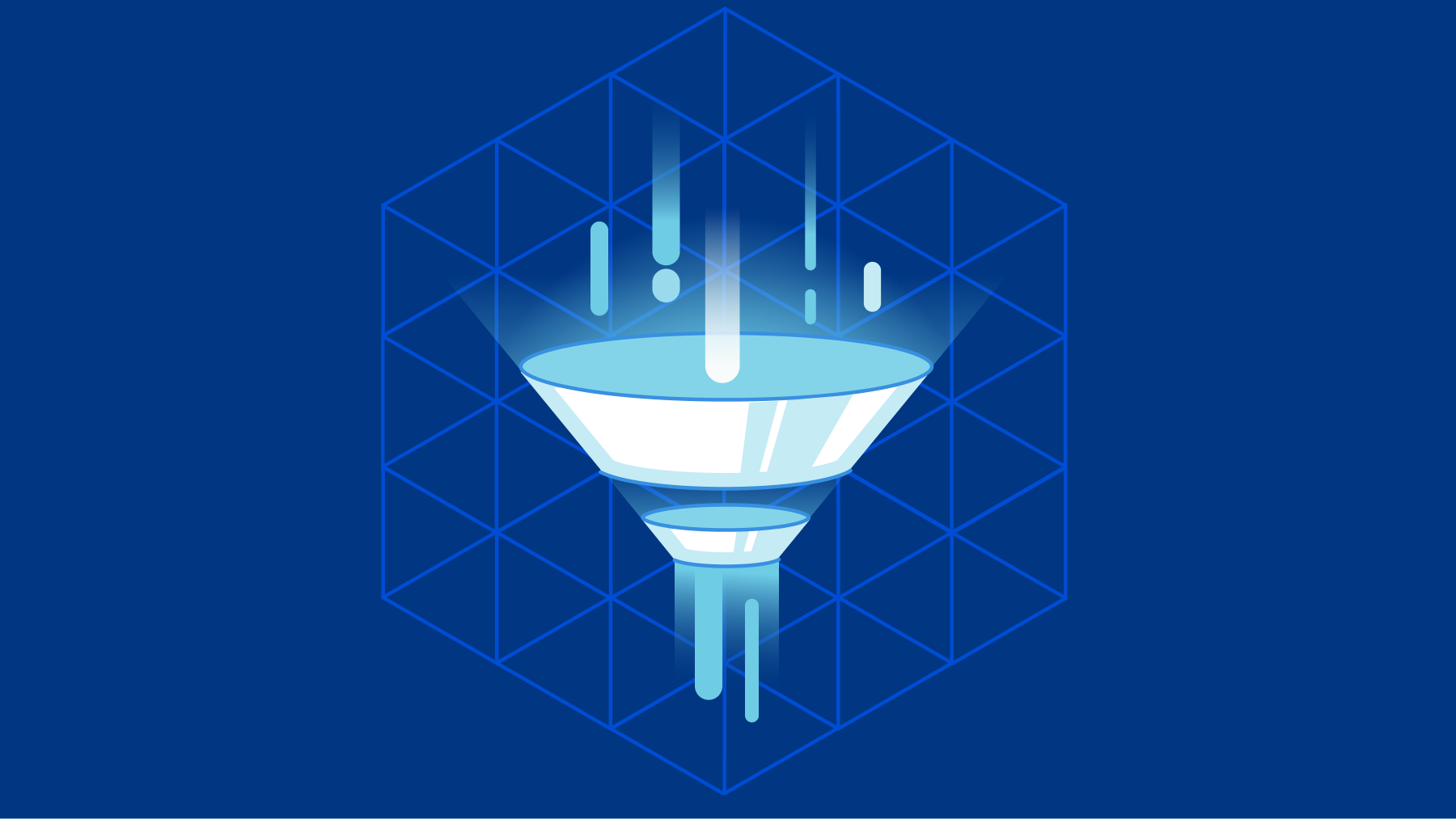
Still relying solely on IP firewalling? It’s time to change that.
While the IP address might still be one of the core technologies allowing networks to function, its value for security is long gone. IPs are rarely static; nowadays, mobile operators use carrier-grade network address translation (CGNAT) to share the same IP amongst thousands of individual devices or users. Bots then carry out distributed attacks with low request volume from different IPs to elude throttling. Furthermore, many countries consider IP addresses to be personal data, and it would be a great advancement for privacy if a replacement could be found for elements of security that currently rely on IP addresses to function. A product that is affected by this trend is rate limiting.
Rate limiting is designed to stop requests from overloading a server. It relies on rules. A rate limiting rule is defined by a filter (which typically is a path, like /login) and the maximum number of requests allowed from each user over a period of time. When this threshold is exceeded, an action is triggered (usually a block) for subsequent requests from the same user for a period of time (known as a timeout). Traditional throttling Continue reading


Cloudflare handles 32 million HTTP requests per second and is used by more than 22% of all the websites whose web server is known by W3Techs. Cloudflare is in the unique position of protecting traffic for 1 out of 5 Internet properties which allows it to identify threats as they arise and track how these evolve and mutate.
The Web Application Firewall (WAF) sits at the core of Cloudflare's security toolbox and Managed Rules are a key feature of the WAF. They are a collection of rules created by Cloudflare’s analyst team that block requests when they show patterns of known attacks. These managed rules work extremely well for patterns of established attack vectors, as they have been extensively tested to minimize both false negatives (missing an attack) and false positives (finding an attack when there isn’t one). On the downside, managed rules often miss attack variations (also known as bypasses) as static regex-based rules are intrinsically sensitive to signature variations introduced, for example, by fuzzing techniques.
We witnessed this issue when we released protections for log4j. For a few days, after the vulnerability was made public, we had to constantly update the rules to match variations and mutations as Continue reading
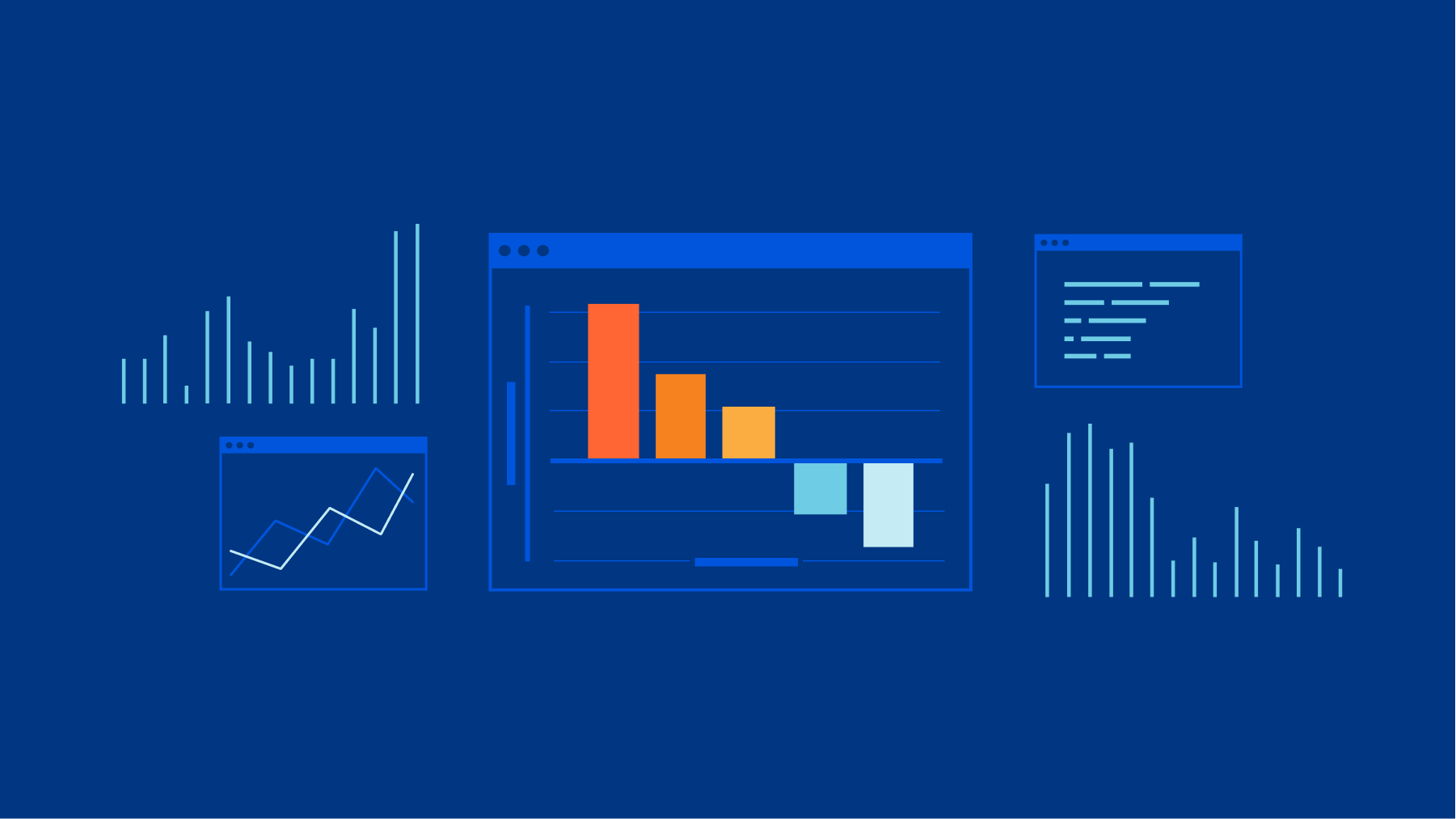
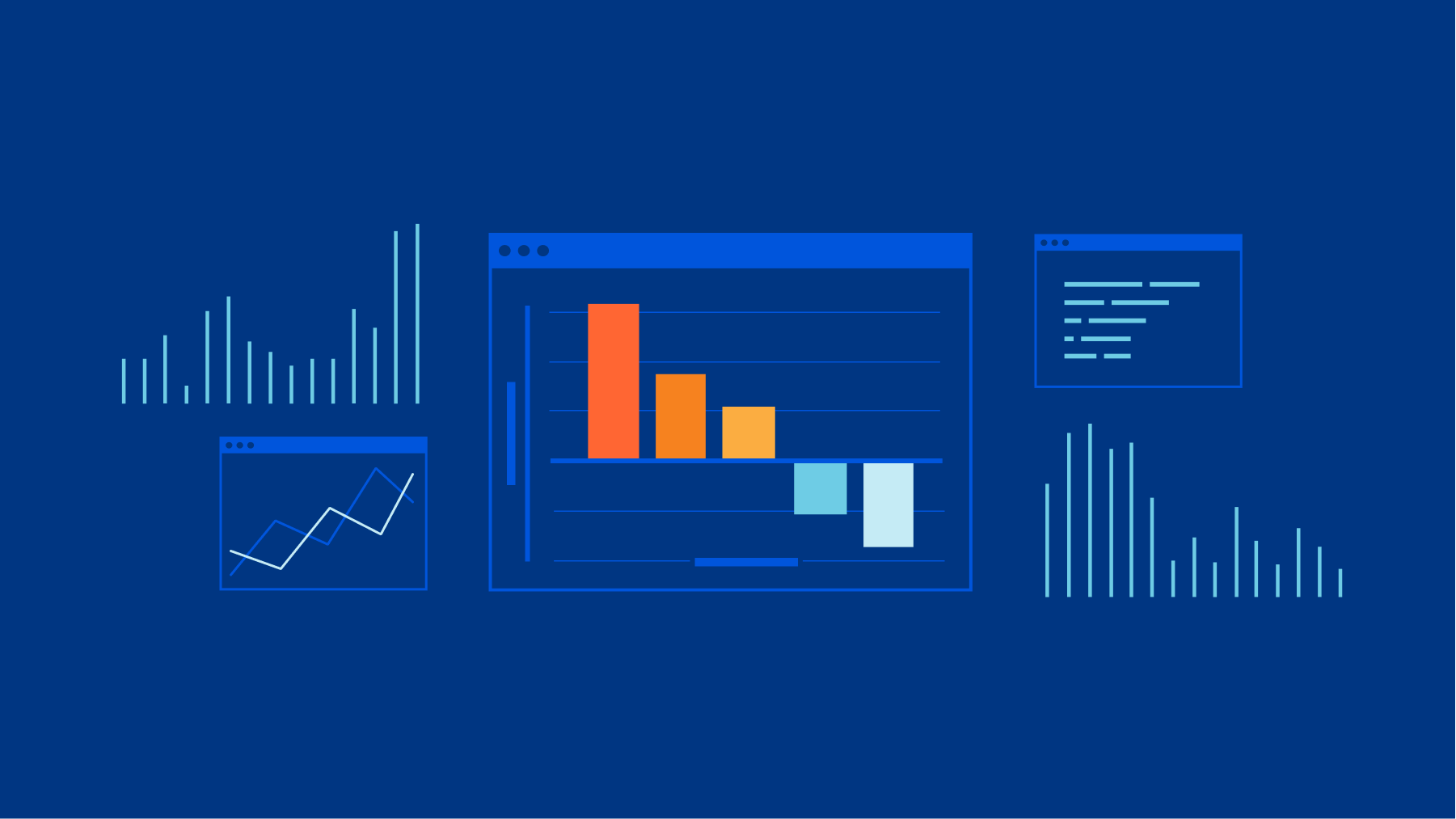
In recent years we have witnessed an explosion of Internet-connected applications. Whether it is a new mobile app to find your soulmate, the latest wearable to monitor your vitals, or an industrial solution to detect corrosion, our life is becoming packed with connected systems.
How is the Internet changing because of this shift? This blog provides an overview of how Internet traffic is evolving as Application Programming Interfaces (APIs) have taken the centre stage among the communication technologies. With help from the Cloudflare Radar team, we have harnessed the data from our global network to provide this snapshot of global APIs in 2021.
The huge growth in API traffic comes at a time when Cloudflare has been introducing new technologies that protect applications from nascent threats and vulnerabilities. The release of API Shield with API Discovery, Schema Validation, mTLS and API Abuse Detection has provided customers with a set of tools designed to protect their applications and data based on how APIs work and their challenges.
We are also witnessing increased adoption of new protocols. Among encryption protocols, for example, TLS v1.3 has become the most used protocol for APIs on Cloudflare while, for transport protocols, we Continue reading
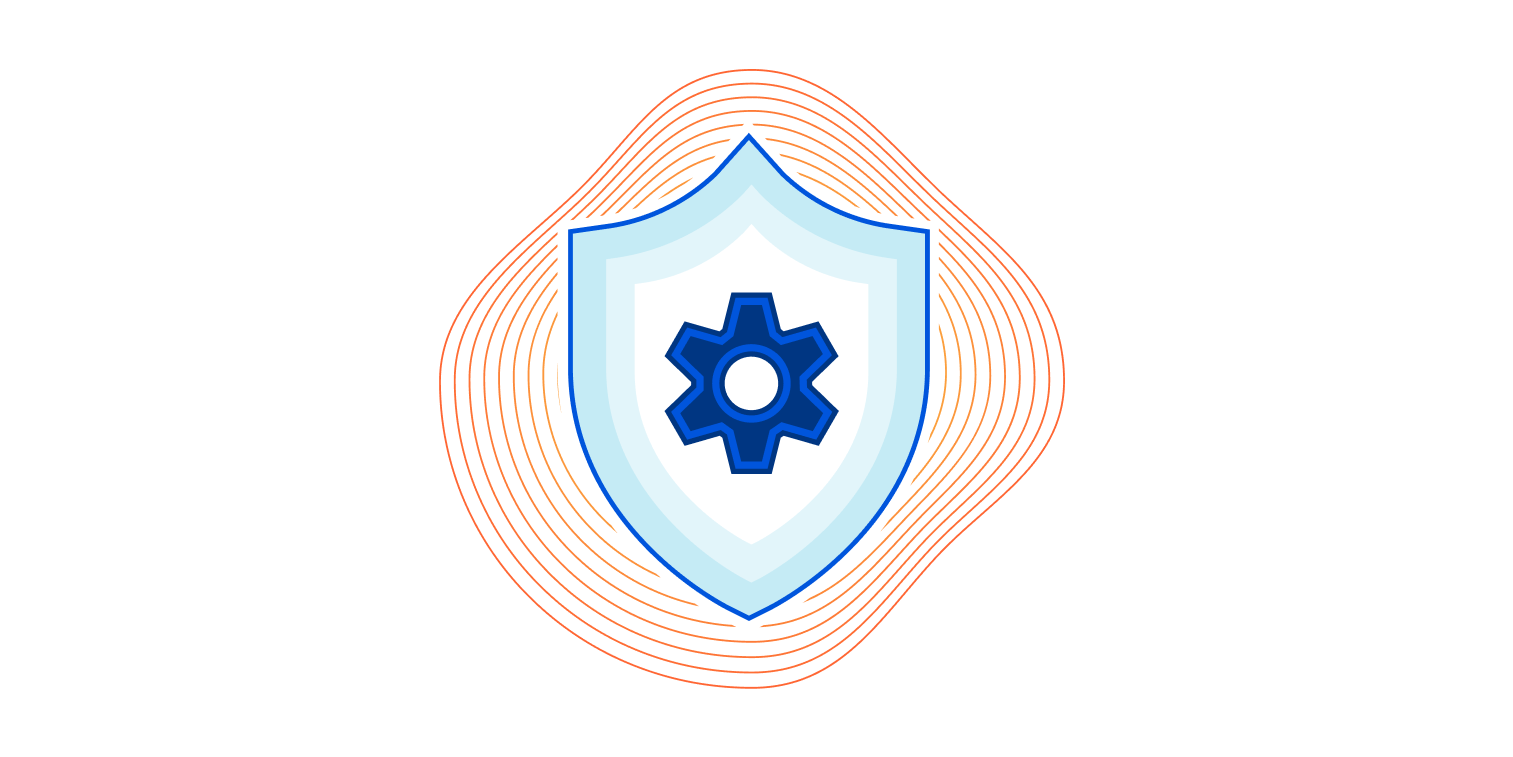
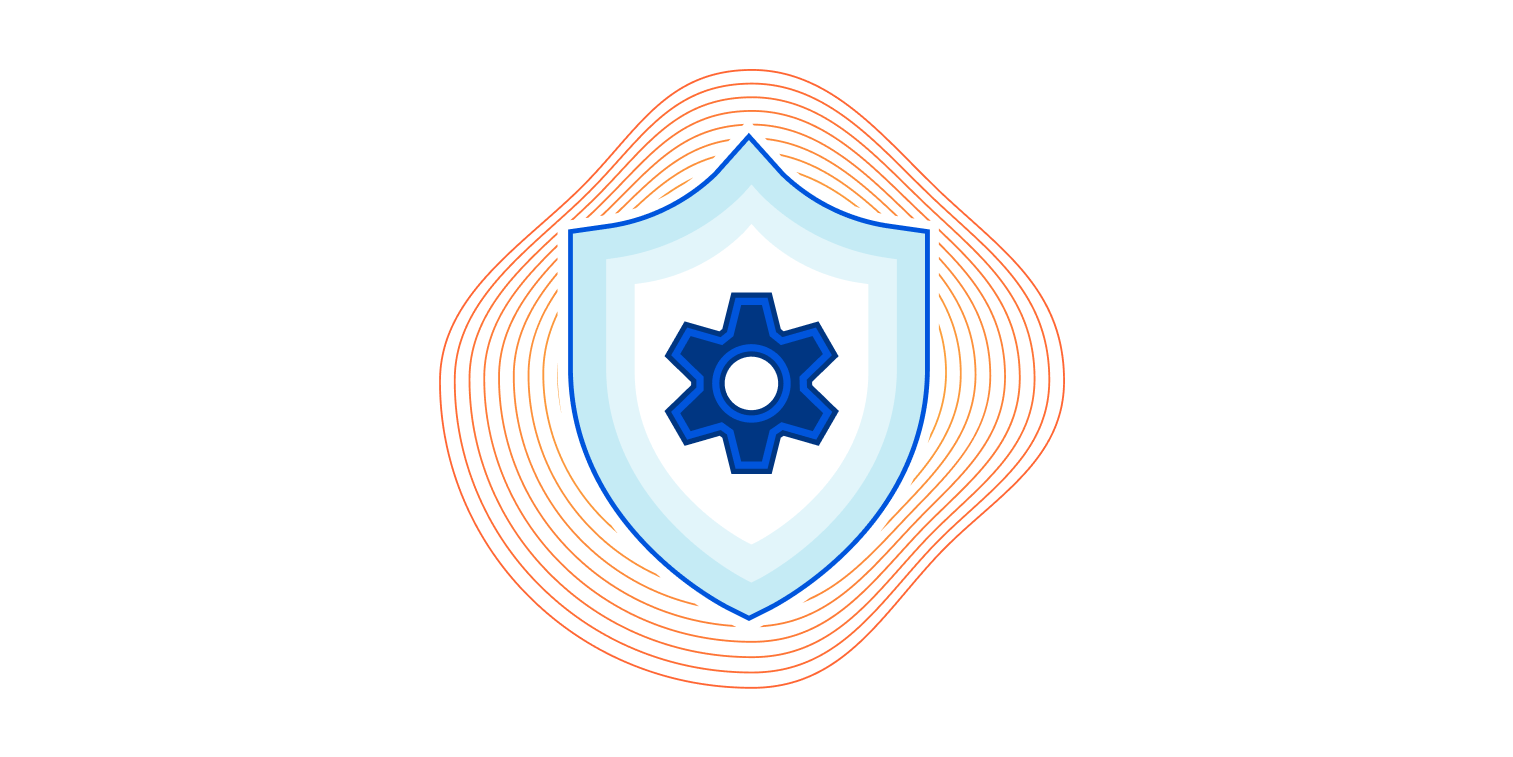
API traffic is growing fast. Last year alone it grew 300% faster at our edge than web traffic. Because APIs power mobile and web applications, transmitting instructions as diverse as “order a pizza from my favourite restaurant using this credit card” or “place a cryptocurrency trade and these are my personal details”, they are ripe for data theft and abuse. Data exposure is listed as one of the top threats for API traffic by OWASP; this includes data leaks and exfiltration from origin responses (API Security TOP 10 threats 2019). The increase in API traffic and more frequent data attacks call for new security solutions.
Cloudflare’s security toolkit had always been designed to protect web and API traffic. However, after talking to hundreds of customers we realised that there is a need for easily deployed and configured security tools for API traffic in a single interface. To meet this demand, in October 2020 we launched API ShieldTM, a new product aimed at bringing together all security solutions designed for API traffic. We started by providing mTLS authentication to all Cloudflare users free of charge, gRPC support and Schema Validation in Beta. During the launch we laid Continue reading